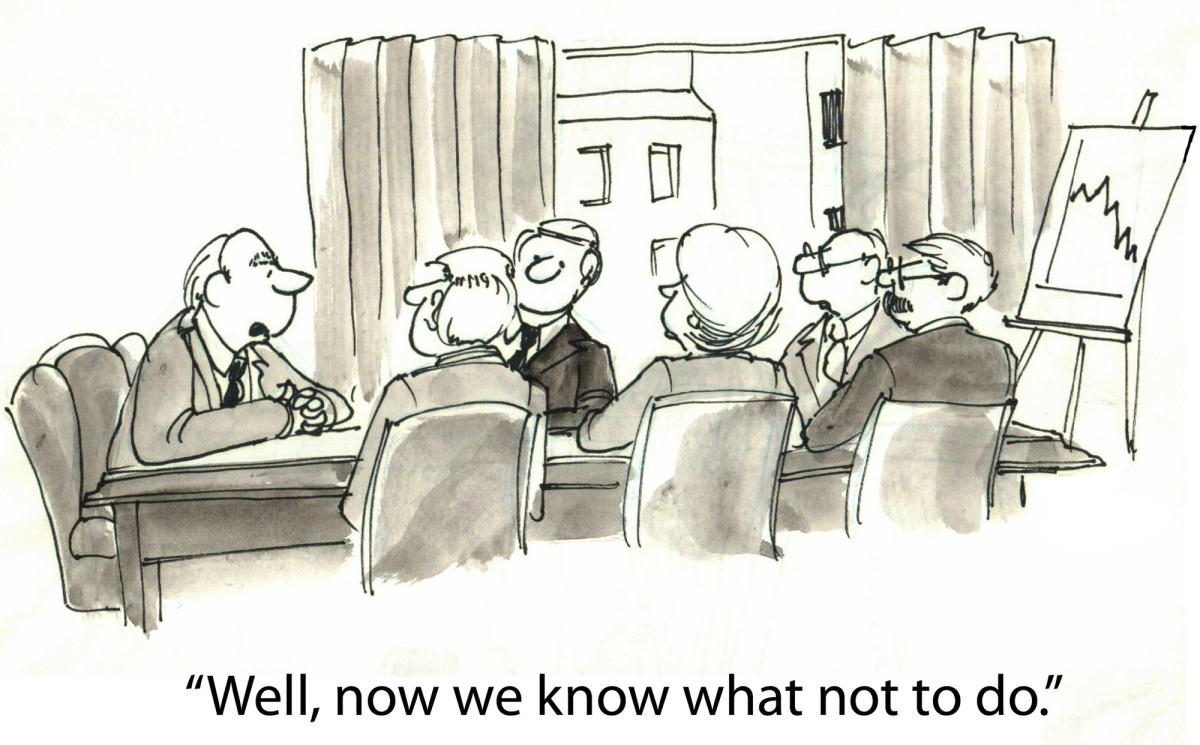In this article, the author explains how FP&A teams can help us support organisational health. The...

As a corporate professional who has worked in many companies, I have observed minimal humour in business presentations and discussions. Most presentations tend to be matter-of-fact, to the point, and almost clinical. Why is it that when we know that humour is important, we use it so sparingly in corporate life?
One can make an educated guess — we are discussing serious business, which is no laughing matter. In today’s cutthroat competitive world, every dollar counts, and people’s careers and lives are at stake. Adding laughter or humour may be seen as ineffective or even flippant. Furthermore, it is not easy for most speakers to add humour, and speakers are worried that they might rub the audience the wrong way if the joke or comment misfires. Let’s be honest — if corporate life were a sitcom, it’d be one of those slow-burning dramas with very few laughs. But what if we could inject a little humour into the mix without turning the workplace into a comedy club?
First, we must establish why humour is so important. Scientifically speaking, laughter decreases serum levels of cortisol, epinephrine and 3,4 dihydroxyphenylacetic acid (a major dopamine catabolite), indicating a reversal of the stress response. But since I almost flunked science and these lines meant gibberish, let me share what I have always felt about humour: humour is the best way to break barriers. Most of us consciously or unconsciously have our barriers up when we listen to a speaker — we are ready to challenge, debate and question till the chickens come home to roost. Humour helps break this barrier. See anyone smiling; you can see their guard is down, and they are open to what you want to say. A smiling team is more forgiving, accepting and open to your ideas. To me, that is the power of humour and why every corporate worker must adopt humour.
Now, you may think that I am only looking for a steady paycheck and already have a lot on my plate. I am in meetings all day, and on top of that, do you want me to be humorous? While it may seem a lot of work to add humour, the reality is that most of us are working in supercharged, tense environments, and any moment of laughter can bring respite. According to a Robert Walters survey, 60% of Canadians experience workplace stress, and 34% often feel stressed. These are alarming percentages. In today’s world, we depend on others for almost anything we do. So, would it not be wise to add a bit of humour to our work and make the interactions more pleasant?
Most people think of humour as laughter, but according to Andrew Tarvin (an expert on humour in the workplace), humour means much more. In his words, “humour is not about making work funny, but making work fun. If you think fun, positive and inclusive, you are on your way to being a great team member.”
I was discussing this topic of humour at a workplace with a Senior Leader in my company, and she asked me, “Well, Suneet, do you want me to be a stand-up comedian next time I get up to speak?”. Absolutely not. That is not the goal at all. First, very few of us are blessed with the stand-up comic skills of Dave Chappelle, Chris Rock, Tina Fey or Ellen DeGeneres. Second, some of the topics stand-up comedians discuss are best left out of business discussions. But there is room for self-deprecatory humour in business life. We all have stories to tell, and that is where we need to find the humour. Adding humour if you are a manager or team member will make you more approachable, fallible and human.
Now that I’ve convinced you to sprinkle humour into your presentations, how do you do it without creating awkward silence?
1. Start with stories.
Every presentation is a story — about growth, challenges or change. Look for personal anecdotes that align with your key message. Humour works best when it’s authentic and relevant. We all have stories of success, failure, rejection and achievement — this is a good starting point. Don’t aim to be funny — it will come across as stilted and made-up. Instead, sharing your original story or observation will help you connect with your audience. There are a couple of ways to add humour to your story or observation:
- If there is some funny or light-hearted quote that relates to your message, then definitely use it.
- Maybe show a visual that relates to the central message. There are thousands of funny memes on numerous topics on the internet. You can also use ChatGPT to create your own visual.
2. Think of humour like salt.
A pinch can elevate the flavour, but too much ruins the dish. Use humour sparingly for maximum effect.
3. Avoid one-liners.
Knock-knock jokes belong in kindergarten, not corporate workplaces.
4. Try asking questions and drawing comparisons.
There is a wonderful book called Comedy Bible by Judy Carter, which has some great pointers on how to think about humour. Although the book is targeted at aspiring standup comedians, the author’s suggestions are universal. The one piece of advice that I have found most useful is to ask questions and try and create a contrast or a comparison. Let me explain with an example: whenever we join a new company or team, it generally feels awkward. It is a lot of new and unfamiliar faces. Does this first day at work remind you of anything? Well, my first day at work always reminds me of my first day at school or college — you don’t know anyone and are afraid to say anything. So, if you are joining a new team and are asked to introduce yourself, would it not make a little more light-hearted if you drew a comparison to your first day at school or college?
In her book, Judy suggests asking yourself some questions which can help you make some light hearted observations or remarks. Some of these questions are:
- What does this situation remind you of?
- Doesn’t this look like a time when…..?
- What if you could…….?
- Can you imagine…….?
- This product launch almost feels like when I first tried to learn to ride a bike — falling down multiple times…….
5. Practice in safe spaces.
Don’t test your comedic skills on senior leadership right away. Try your team meetings first — they’re already obligated — meaning paid — to laugh at your jokes, right?
The legendary John Cleese once said, “If I can get you to laugh with me, you like me better, which makes you more open to my ideas.” In a world where differences are magnified, laughter is a bridge — a way to connect, relate and inspire. So, while humour in corporate life may feel like a risky endeavour, it’s one worth pursuing. Don't be afraid to add a little levity the next time you stand in front of a roomful of colleagues. After all, a smile might just be the most valuable return on investment you’ll ever see.
Subscribe to
FP&A Trends Digest

We will regularly update you on the latest trends and developments in FP&A. Take the opportunity to have articles written by finance thought leaders delivered directly to your inbox; watch compelling webinars; connect with like-minded professionals; and become a part of our global community.




